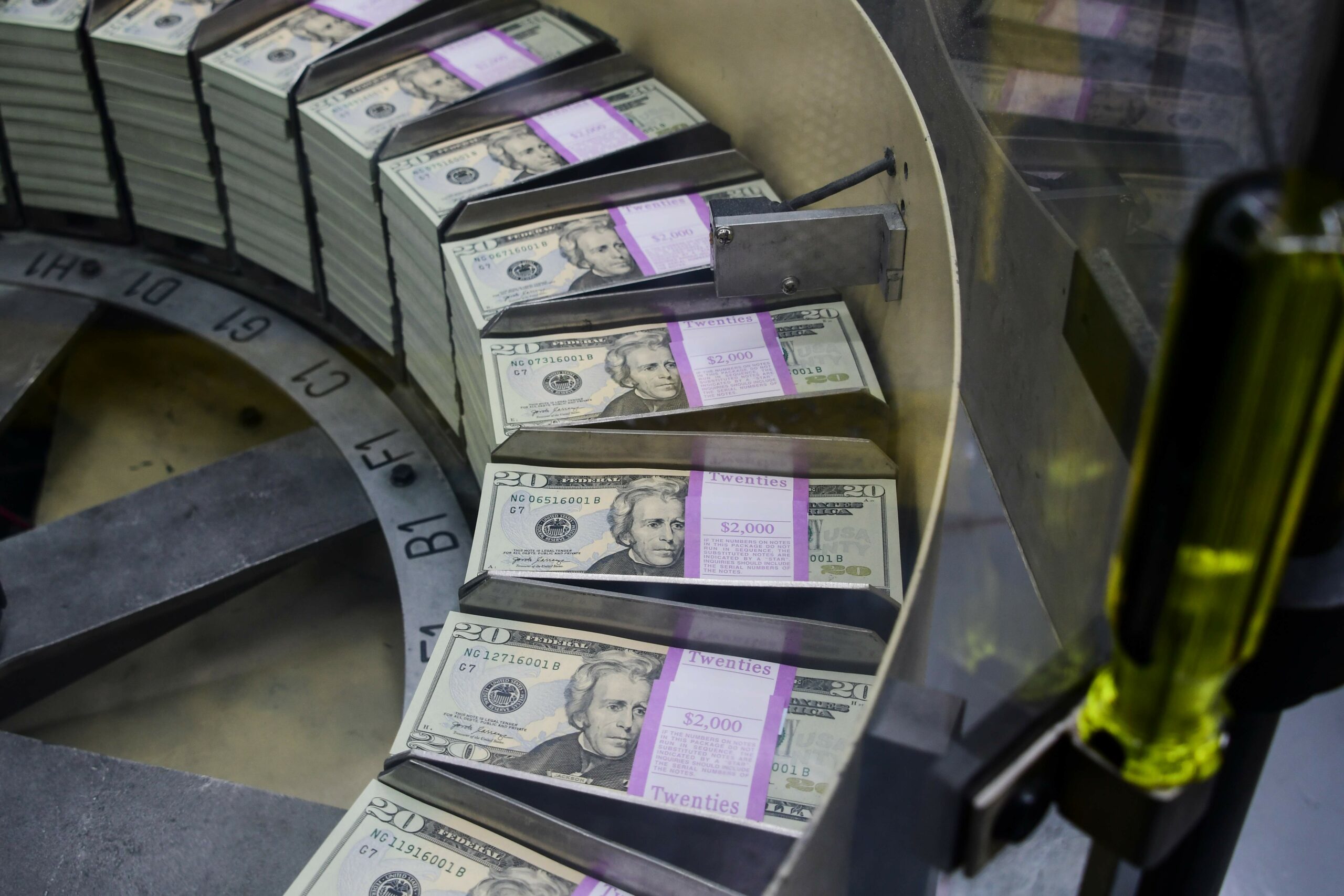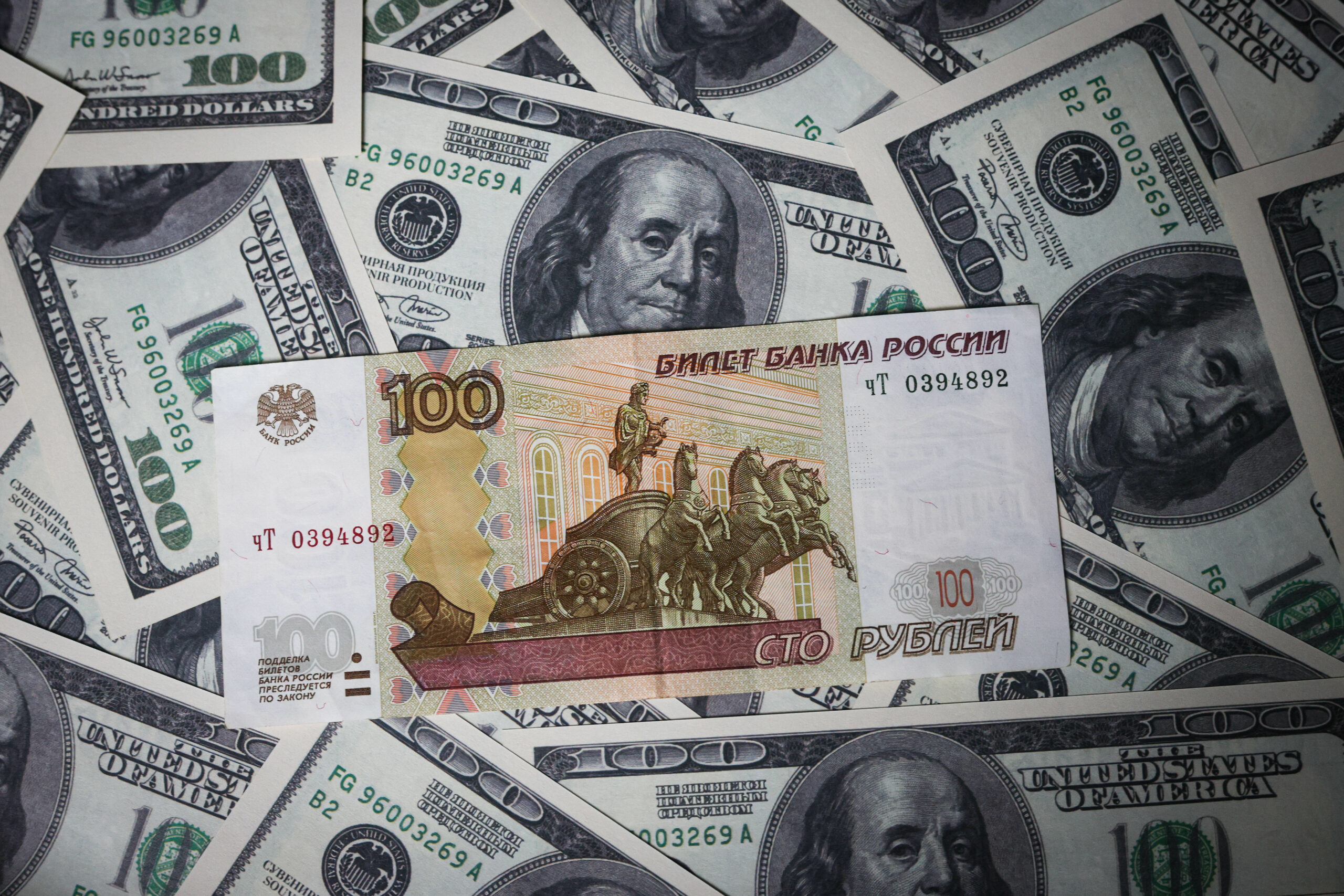Over the last quarter century, the Russian economy has come through a roller coaster: it has seen both rapid growth in the 2000s and the failures of 1998 and 2008, not to mention the stagnation of the 2010s and the ensuing restructure to a «war footing» in recent months. Yet regardless of whether things were up or down, one feature remained constant and unchanged: from its very birth, the Russian Federation acted as a net exporter, maintaining a positive balance in foreign trade in any conditions.
Any economist will say that this delta between exports and imports was where the Russian elite extracted growing budget revenues, where entrepreneurs close and not very close to power enriched themselves, and where Russians received growing benefits and pensions. Oil and gas have always remained the key exports and the driver of a trade surplus.
In modern Russia, the trade surplus has grown quite steadily — and fluctuations in global market conditions have had a much more significant impact on it than the Kremlin’s policy: in 2008, 2014 and 2022 its values reached new records despite Russian aggression against Georgia and Ukraine, while local minimums were recorded against the backdrop of collapses in 1998, 2009 and 2016. Average annual figures were $ 45.7 billion in 1997−2001, $ 109.8 billion in 2002−2006, and then it reached a plateau: $ 174.2 billion in 2007−2011, $ 178.7 billion in 2012−2016 and $ 165.1 billion in 2017−2021, setting a spectacular record at the end of 2022 ($ 332.4 billion). At the same time, the foreign trade surplus has never been less than the volume of capital outflow from the country: at the end of the 1990s, the difference between these indicators ranged from $ 5 to $ 20 billion, in the 2010s — from $ 50 up to $ 65 billion, and last year reached a maximum of $ 91 billion. The foreign trade surplus was what defined Russia over these long years.
However, all these trends, like a lot of everything else in our lives, were broken by Putin’s war in Ukraine, which in this case highlighted two points that previously seemed obvious but did not attract much attention.
The first was the main direction of Russian exports. Until the financial crisis of 2008−2009. more than half of Russian foreign trade was accounted for by the European Union, which bought Russian oil and gas at high (and sometimes extremely high) prices, and even despite all the conflicts and sanctions, this share did not fall below 40% until 2019. Russia bought a lot of things from EU, but imports never accounted for more than half of exports — and therefore it was EU that provided the lion’s share of Russia’s foreign trade surplus: from 58 to 79% (the maximum value was reached in pre-war 2021). Despite all the difficulties in bilateral political relations, it was easiest for Russian companies to make money in Europe, even in the days when President Putin issued his ultimatums to NATO. Meanwhile, already in the second half of the 2010s, the Russian authorities began to consciously «turn to the East»: trade with China, Turkey and other non-Western countries began to grow, and to develop new markets they had to accept less favorable conditions. Based on estimates of the average price of gas supplies to China via the Power of Siberia between $ 170/thousand cubic meters in 2020−2021 and $ 297/thousand cubic meters this year, one cannot help but notice that it was 7−9 times lower than the cost of gas shipped to «geopolitical opponents» in the EU last year (not even mentioning the logistics). In 2022−2023 this process accelerated; China has easily displaced the European Union from first place in the ranking of Russia’s main trading partners, and the situation has changed: average export prices for Russian goods decreased significantly as a result of the «price ceiling» for oil and petroleum products, while the scale of imports only increased due to the breakdown of relations with Western investors who organized production in Russia with a high degree of localization; purchases of finished products or their ersatz began (as in the case of Chinese cars, which, before delivery, are disassembled into main components, in order to then be ceremoniously assembled at Moskvich or other production facilities previously taken from western owners). As a result of this change of partners, the trade surplus between Russia and the EU was replaced by a deficit by the summer of 2023, while the positive balance of trade with China continued to fluctuate around zero.
The second factor turned out to be foreign exchange support for Russian export flows. Since the 1990s, no one has any doubt that buyers pay Russia in dollars or euros; and in recent years there has been a Russian desire to either switch to rubles in trade (mainly with EU), and with other counterparties in their national currencies (since the war broke out, payments in monetary units of «unfriendly» countries became unsafe). However, even the Chinese yuan (which has fallen in value against the dollar by 12.6% over the past 24 months) is not used by many new Russian partners — and most of the remaining trade surplus is generated by them: India alone now accounts for more than half of this amount. Accordingly, Russia found itself hostage to those who buy its goods: both because it blocked the path of its export flows to the West, and because it decided on radical de-dollarization, receiving in payment unstable and mostly non-convertible currencies (the story of India is telling here, which paid Russian oil suppliers with rupees, formally valued at more than $ 10 billion, but which could not be exchanged and withdrawn from the country. At the same time India resells this oil to Germany for euros).
Thus, one of the results of the war was a radical change in the main pattern of Russian foreign trade: even with a moderate increase in world oil prices to $ 100/barrel or slightly higher, Russian raw materials will continue to go to developing markets, where they will be sold at a 20% discount (and in the case of China in general, the average discount for energy products from Russia will be even higher), and part of the proceeds will either be paid with non-convertible currencies (as in the case of India), or simply turn into a commodity loan (as is happening with Turkey, whose gas payments for more than $ 600 million were postponed in 2023 for at least two years). All this is the indirect cost of the war in Ukraine and a direct consequences of the «switch» from partners who in many ways felt themselves dependent on Russia to those on whom Russia itself is dependent on most critically important parameters.
To all these troubles, we must add that over the past 12 months the volume of Russian imports has practically not decreased despite the two-fold depreciation of the ruble and the sharp decline in export supplies (for comparison, it is worth recalling that in 2009 imports sank by 37.5%, and in 2015 — by 36.5%). This directly indicates the complete failure of «import substitution», which was reduced to the purchase of finished Chinese products instead of supplying Russia with components that western companies used to manufacture finished products in the country.
Many researchers — each in their own field — note such changes in trends that indicate a low probability of Russia returning to «normality» in the coming years. The considered shift in the directions and organization of Russian foreign trade leads us to the same conclusion. The economy that Russia inherited from the Soviet Union — a combination of European-oriented energy exports with relatively limited imports and large-scale domestic production of final products — has become a thing of the past in just a year and a half (and there is no doubt that Europe will refuse in the future any remaining purchases of Russian oil and LNG).










